What is the Difference Between Column and Strut? & Type Of Columns?
What is the Difference Between Column and Strut? & Type Of Columns?
Difference Between Strut and Columns.
What is Column?
A column can be defined as a vertical structural member designed to transmit a compressive load to the foundation.
- If strut is vertical i.e. inclined at 90° to the horizontal is known as column, pillar or stanchion.
- Column will have both the ends fixed rigidly.
What is Strut?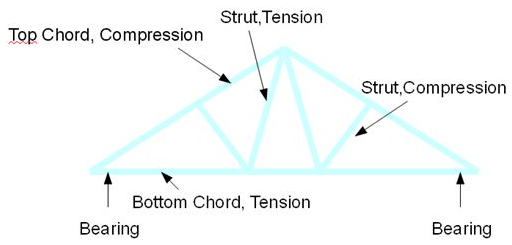
It is the inclined member subjected to the axial load and supported by hinged or pin jointed supports at both the ends.
- A member of structure or bar which carries an axial compressive load.
- Strut may have its one or both the ends fixed rigidly or hinged or pin jointed.
- Ex- Piston rods.
Basic Definitions of column
Slenderness ratio (λ) of a compression member is defined as the ratio of its effective length to least radius of gyration.
λ= LE / r
Effective Length of Column
The effective column length can be defined as the length of an equivalent pin-ended column having the same load-carrying capacity as the member under consideration. The smaller the effective length of a particular column, the smaller its danger of lateral buckling and the greater its load carrying capacity.
RADIUS OF GYRATION ( KX )
- The Radius of Gyration kxof an Area (A) about an axis (x) is defined as Ix = kx2
- Now kx =

Where Ix is the Moment of Inertia about the axis (x), and A is the area. If no axis is specified the centroidal axis is assumed.
BUCKLING LOAD
The maximum limiting load at which the column tends to have lateral displacement or tend to buckle is called buckling or crippling load.
In general there are 3 type of columns and difference between these columns
- Short Columns
- Medium Columns
- Long Columns
Short Column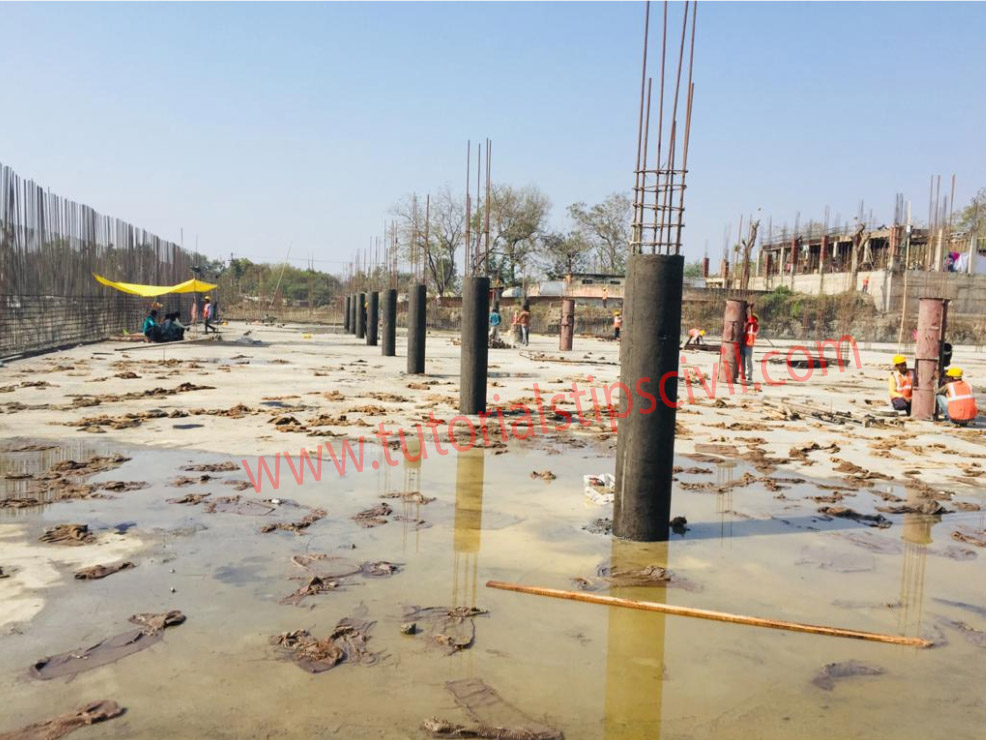
- Columns which have lengths less than 8 times their respective diameters or slenderness ratio less than 32.
- Buckling very negligible in short column and buckling stresses are very small as compared with direct compressive stress.
- Mechanical failure mainly occurs due to shearing.
- Stronger than long column and highly preferable.
- Less radius of gyration.
Medium Columns
- Columns which have their lengths varying from 8 times their diameters to 30 times their diameters or their slenderness ratio lying between 32 and 120.
- In these columns, both buckling as well as direct stresses are of significant values.
Long Column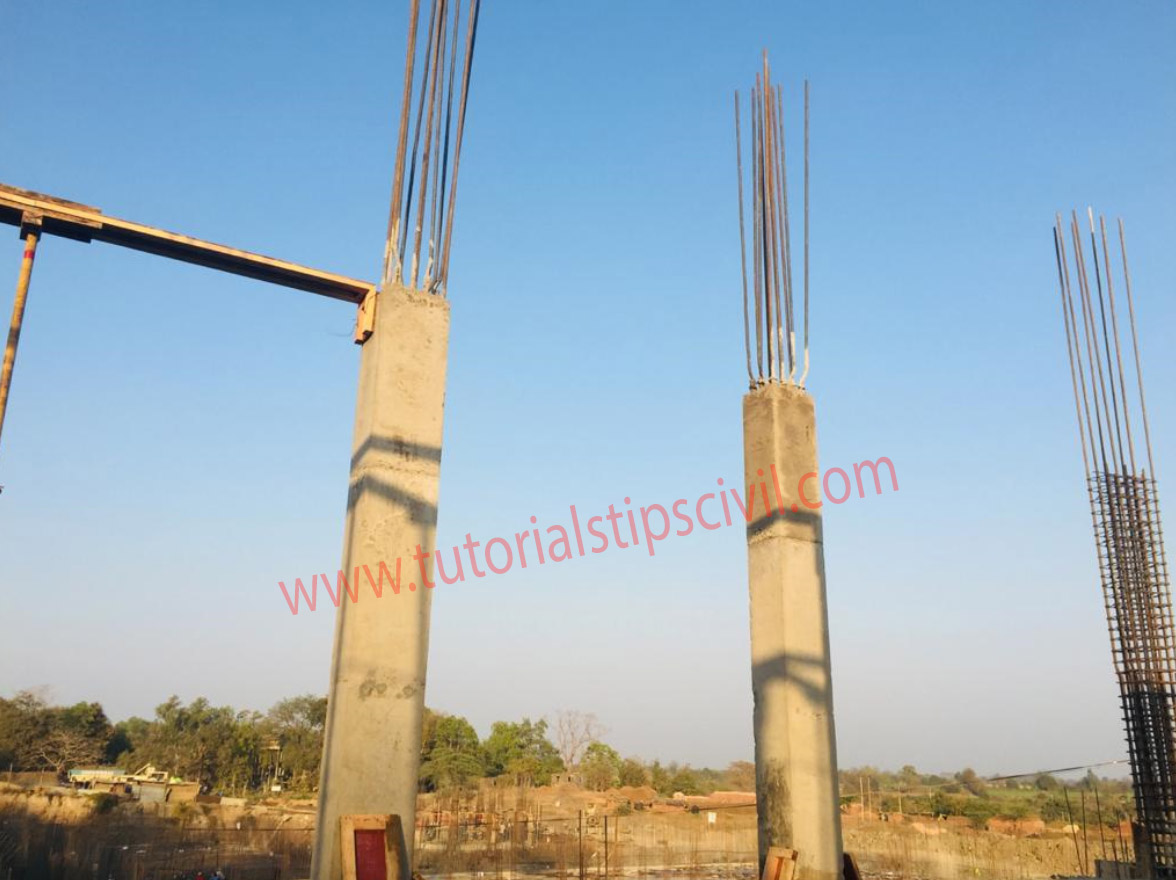
- Columns having their lengths more than 30 times their respective diameters or slenderness more than 120.
- They are usually subjected to buckling stresses only. Direct compressive stress is very small as compared with buckling stress and hence it is neglected.
- Weaker than short column and generally not preferred.
- The greater radius of gyration.
- Load carrying capacity is less compared to short columns.
- Long Columns are liable to fail due to bulk.
- Long Column is subjected to bucking stress.
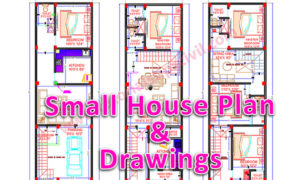 |
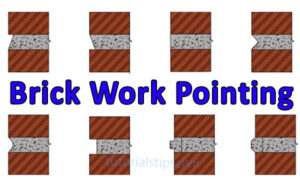 |
 |
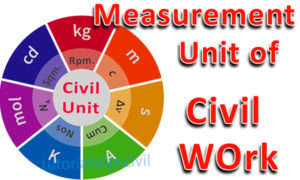 |
 |
 |
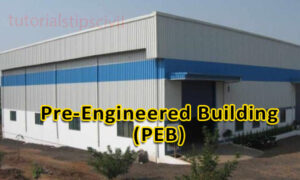 |
 |
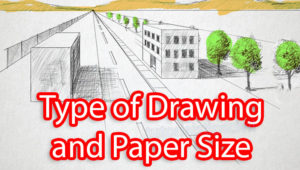 |
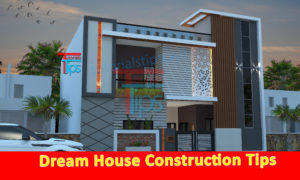 |
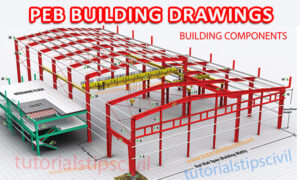 |
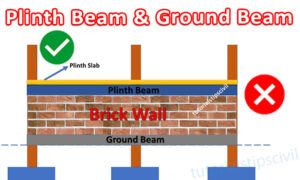 |


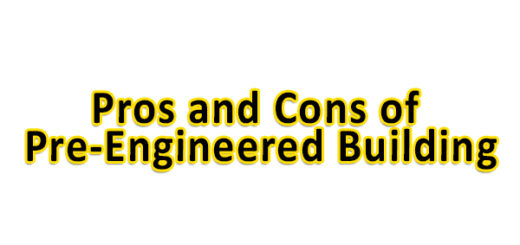

how to interpret structural drawings